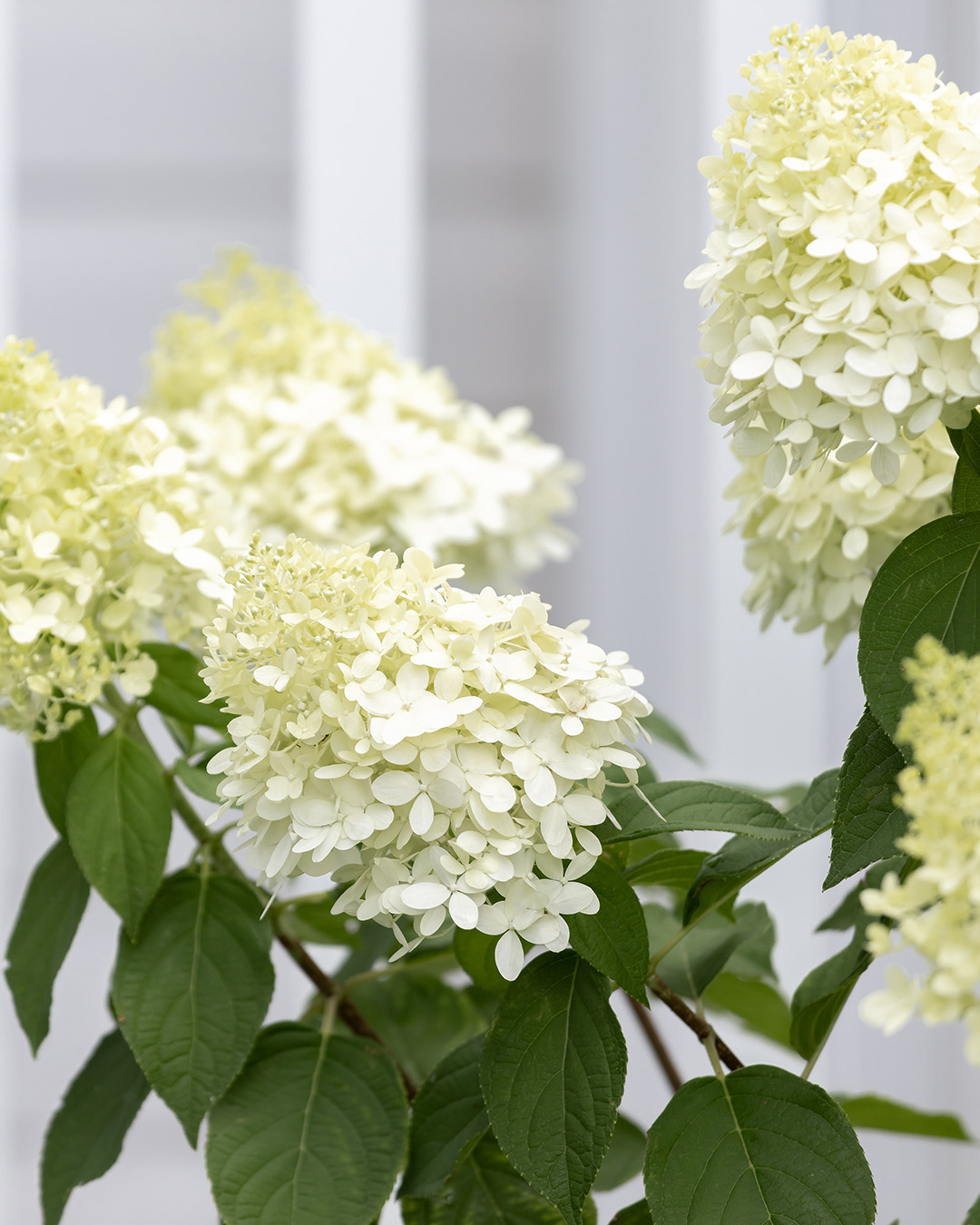Little Known Facts About Hydrangea Leaves Turning Yellow.
The Buzz on Hydrangea Leaves Turning Yellow
Table of ContentsGetting My Hydrangea Leaves Turning Yellow To WorkFacts About Hydrangea Leaves Turning Yellow UncoveredOur Hydrangea Leaves Turning Yellow DiariesExamine This Report on Hydrangea Leaves Turning Yellow
One possibility is that the plant is not obtaining enough sunlight. Throughout the cold weather, the days are much shorter, and the sunlight is not as extreme, so see to it to put your Hydrangea in a spot where it will obtain at least 6 hours of sunshine daily. One more factor for Hydrangea yellow leaves in wintertime could be excessive water.The leaves might be transforming yellow due to temperature level tension (Hydrangea Leaves Turning Yellow). Hydrangeas like cooler temperatures, so if the plant is in a place that gets as well hot or too chilly, the fallen leaves will turn yellow. If you believe temperature level anxiety may be the concern, try moving your Hydrangea to a different place or securing it from the components with a cloth wrap
New development will certainly be observed in very early springtime, when you'll observe environment-friendly foliage growing from stems that could have appeared dead. If your fallen leaves are transforming brownish in springtime or summer season, there are likely other elements at play. The specific reasons rely on the range and their expanding problems, yet in general, brownish hydrangea fallen leaves are a sign of dehydration and wilting in the warm.
In the springtime when the mercury remains relatively reduced, they'll do great. When things warm up over the summer season nevertheless, time spent in the very early mid-day rays can cause unknown damage.: Expand your hydrangeas in an area where they'll obtain sunlight in the early mornings or nights, but not during the peak hours.
The 45-Second Trick For Hydrangea Leaves Turning Yellow
Wilting is triggered by lack of dampness, implying there are a couple of good methods to utilize to prevent this from occurring. Give your hydrangeas a healthy glug of water every few days when the temperature levels are climbing up high, and deal with the dirt to much better maintain wetness. Hydrangea Leaves Turning Yellow. After watering, a bit of compost around the base of each plant ought to assist with this by keeping moisture in the dirt
This interrupts fungi spores from clearing up. "The Botrytis fungi flourishes in great and wet conditions, so stay clear of bathing the entire plant when sprinkling and simply water at the roots," shares Roy Nicol, a Master Gardener. If you have actually missed out on the possibility for avoidance and are managing an infection you need to get rid of all dead or severely infected leaves from the plant reference and destroy them to avoid additional spread.
As a basic guideline, we recommend eliminating fallen leaves when they are 50% brownish or higher. While browning brought on by any kind of reason can not be turned around, taking the corrective action described above will motivate the plant to grow brand-new leaves so the harmed leaves either diminish naturally or can be removed by the gardener.
Hydrangeas must be watered only when the leading couple of inches of soil are dry, and ought to be given a detailed saturating each time. Underwatered hydrangeas are most likely to have yellow, wilting, and drooping fallen leaves. Increase the frequency and amount of watering for your bush to help resolve this concern. Hydrangeas like relatively wet (however not soggy) dirt, so give the origins a great soaking and permit water to be absorbed into the soil prior to using extra.
Things about Hydrangea Leaves Turning Yellow
The method you deal with hydrangea leaves transforming yellow depends on the crucial issue triggering the yellow leaves. This can be tough to figure out, once you do you will be able to readjust your plant care appropriately to care for the problem. As pointed out before, a common concern with hydrangeas is nutrition shortages.

You can acquire and set up basic watering worlds. Watering globes hold water in them and slowly release this water right into the dirt as the ground ends up being dry. Simply load the globe with water, stick the spout into the soil within the origin zone near the base of the plant, and leave it in location up until all the water is gone.

Fascination About Hydrangea Leaves Turning Yellow
To avoid spreading out fungal diseases, make sure to thouroughly clean and sanitize any kind of trimming devices before and after use (Hydrangea Leaves Turning Website Yellow). You can attempt to flush the origins with water to get rid of excess fertlizer.
Your hydrangea plant chooses well-drained, wet dirt. If the pot has inadequate drain, or your soil is flooded, the leaves will start to transform yellow.
If you do not water your hydrangea plant for more than a week, the fallen leaves will start turning yellow. Fungal conditions that strike the plants tend to show signs on the origins and the fallen leaves of the plant.
Origin rot happens when pathogens use up the origin cells as hosts and stop the cell from working. If not taken care of, this illness can eventually result in the plant passing away. Leaf area is another fungal illness that can target hydrangea. It leads to the leaves turning yellow and the appearance of brownish and purple places on the leaves.